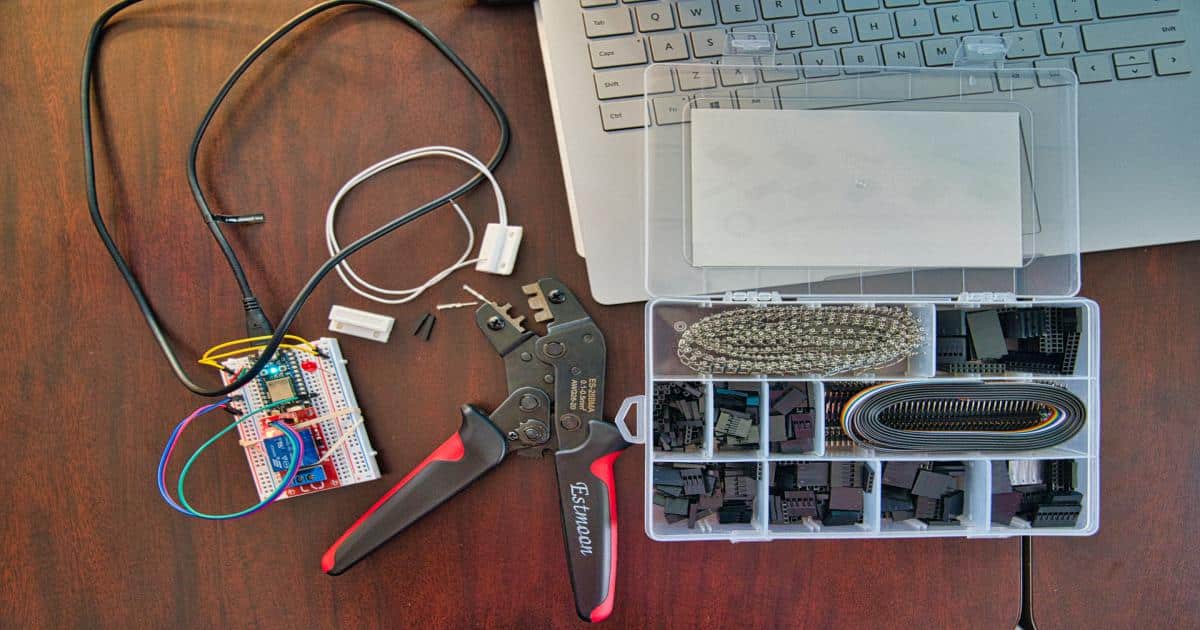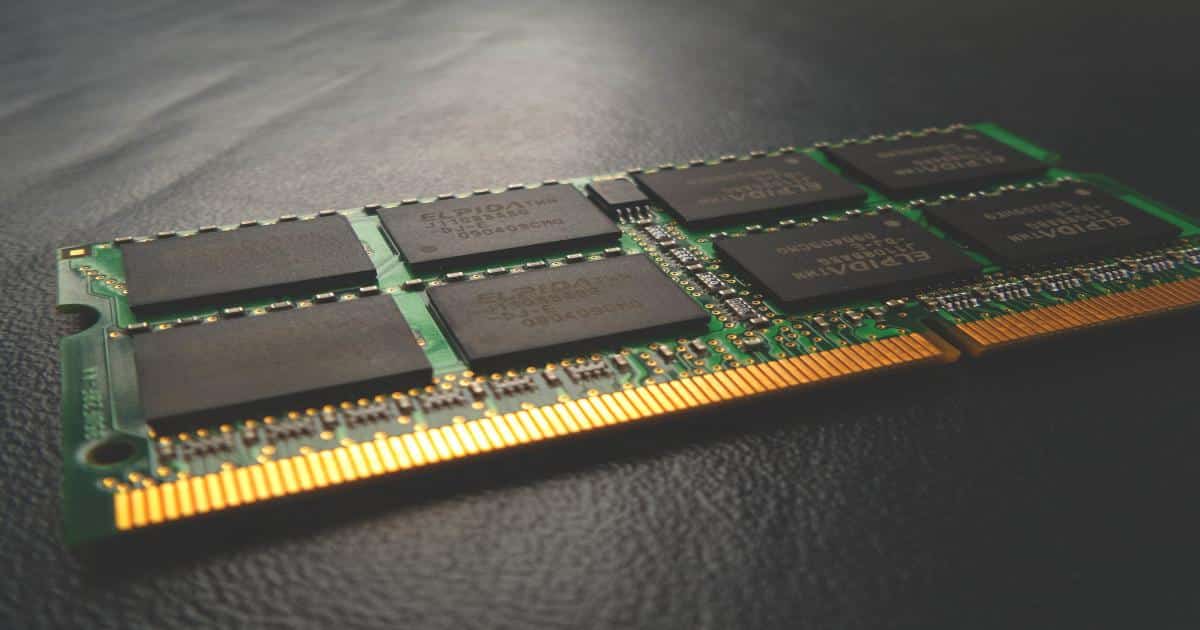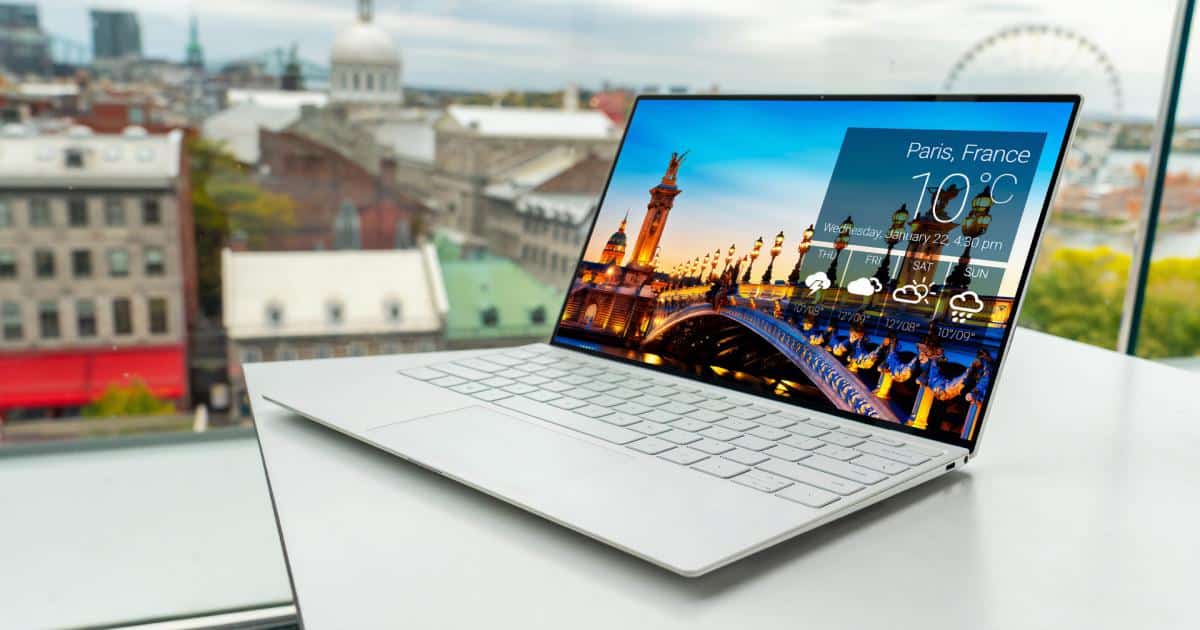Laptops are mobile-friendly desktop versions of computers. Laptops, unlike desktop computers, are not upgradeable – at least for most. However, some laptop components can be upgraded. This can boost the performance of the system. Upgrading your laptop hardware can be tricky as most laptops do not offer the option.
Page Contents:
In this article, I will be guiding you on how to know if your laptop is upgradeable. Also, we will cover how you can upgrade the laptop yourself.
Is the laptop hardware worth upgrading?
Before you yank off that laptop case, you have to consider if it’s worth it. Would there be improvements with regards to performance? What components can you upgrade? Another consideration you’d have to make is the cost of the upgrade. let’s not forget to mention the difficulty. You’d have to check if you can upgrade the laptop yourself.
Is performance improved?
Old laptops are what they are- old. They might not catch up to the needs of most of today’s computer applications. If upgrading a component doesn’t confer any improvements then it is a waste. So knowing your laptop like the back of your hand is important. You would be able to determine what components need upgrading and when you have to throw the laptop away.
What components are upgradeable?
The next question to ask before you begin upgrading your laptop would be: “what components can I upgrade?”
Most laptop components cannot be upgraded because they were specifically built for it. Yet, some components are a sort of general-purpose that can be changed.
Components that you can easily change include:
- Storage Disk Drive
- Battery
- RAM
- Display
- GPU?
- Processor?
Storage Disk Drive
The storage disk is the internal storage device of your laptop. If you want to know the type and capacity of your hard disk then follow these steps:
- Open the Run Command window. Press the ‘windows key + ‘R’
- In the Run Command window type in “dfrgui”. Click OK.
- You would see something like this below.
- Check if it reads “Hard disk drive” of “Solid-state drive” under the “media type”.
Identifying the storage first is usually the first step to upgrading your laptop on your own. If you want to know what the difference between these two disk types is then keep reading.
What is an HDD (Hard Disk Drive)?
Hard disk drives are non-volatile storage devices. This means that it can store data even when your laptop has been switched off. Basically, they consist of several disk platters that are fixed around a spindle inside a special chamber. They are quite an old technology in the market and can have a very large capacity from 16GB to 2TB. The magnetic rotating disc mechanism is a cheaper alternative and can impede the performance of the system.
How to Upgrade the HDD
The first thing you have to do is check your manufacturer’s specifications to know about your laptop’s hard disk drive. You need to check if your HDD is removable, replaceable, and can be upgraded without the help of an expert.
If your HDD is removable, i.e., not soldered to the motherboard of your laptop then you can proceed.
The next criteria to look out for would be the impact of your HDD on performance. If your laptop is currently housing an older technology of HDD, then you might want to consider buying another HDD with newer build technology. Mostly, the HDD only increases the storage capacity of your device. If getting larger storage would be beneficial to you, then that is an upgrade worth taking.
Where is the HDD located? Modern laptops position the laptop hard drive at the side of the laptop or at the bottom. However, there are some laptops with their HDD positioned inside the laptop such that you’d need to dismantle the laptop to get to it. Nonetheless, most laptops come with an easy-to-install HDD.
HOT: Best HDD You can buy right now
Solid State Disk (SSD)
A Solid-state disk is another storage device used in laptops and even desktop computers. Like HDD, your operating system would be installed on them. SSDs are quite different from HDDs. While HDDs have a magnetic rotating disk, SSD does not. HDDs have a very similar model of operation to that of a DVD player. It is a mechanical arm that reads data from the spinning plates. SSD, unlike HDDs, do not have any moveable parts. SSDs’ key components are the flash controller and NAND flash memory chips.
The Design of the SSDs makes them tremendously faster than the HDDs. However, they are often expensive but it is a price to pay for the improved performance. You can upgrade your laptop HDD to an SDD. You would notice the increased speed of; boot-up, transfer of files, and the operating system in general.
If you want to improve the overall performance of your laptop, making this hardware upgrade is a great bet.
Getting the right size
Simply buy the biggest SSD you can afford.
If you only use office applications and don’t need media storage, a 256GB SSD is the sweet spot for a price-capacity trade-off, while SSDs up to 512GB may be feasible depending on your demands. SSDs with capacities of up to 2TB or more are available, however, the quickly rising costs of bigger capacity drives make them too expensive for ordinary use.
Avoid 128GB drives unless you want to save everything to the cloud. You’ll have very little free space after accounting for your laptop’s operating system, default apps, drivers, and other background software.
HOT: Best SSD You can buy right now
Battery
Batteries do not last forever, over time they would lose their power. Although we wouldn’t consider this an upgrade, it would definitely be best practice to have a durable battery. Having a damaged battery does impact the performance of your system. Also, make sure that the battery you are getting is the exact match for your laptop.
Worthy of note though, some laptops have upgradable batteries. It’s not something you see every day, but some laptops, especially products from Lenovo’s ThinkPad series, have upgradable batteries. By this I mean, you can get a battery that has a greater current capacity than your old battery.
Check Battery position
Changing the battery of an older laptop with a removable battery is usually as simple as undoing the battery lock button/clip, removing the old one, and replacing it.
Unfortunately, many new laptops aren’t meant for this; you’ll have to force or cut the casing open, and some batteries aren’t even user-replaceable. They could be fixed in place or covered behind other parts. In that situation, a professional or a completely new laptop is required. Before dismantling your laptop, ensure you take note of the positions of the screws. You don’t want everything screwed up? lol.
RAM
RAM is a type of quick solid-state memory that is utilized to run programs. While the computer is turned on, RAM only retains information momentarily. Because of the ever-increasing RAM demand, it’s one of the main reasons older systems struggle with new programs.
If your computer struggles to run numerous apps or tabs in a web browser at the same time, you could benefit from extra RAM.
Types of RAM?
As computer designs improve, memory technology evolves. Faster CPUs necessitate larger memory bandwidths. The system’s performance is influenced by memory speed. Check both pieces of information when comparing laptops to see how they may affect performance.
The main properties of a Ram that determine its functionality are its memory speed and size. On the body of the Ram, there are spec indications like:
- 2Gb- the size of the Ram
- DDR3- the memory type
- 1333MHz- the clock speed of the ram.
So first, you have to check what type of Ram you have. It could be a DDR3 or a DDR4 ram. This is important when you are upgrading a laptop on your own with an online guide like this. Getting the wrong Ram type would be frustrating because it wouldn’t fit into the Ram slot. Secondly, know the clock speed of the Ram. Check for a number that ends with “MHz”. The higher the better. Below is a list of Rams with their speeds in ascending order.
- DDR4 3200
- DDR4 2666
- DDR4 2133
- DDR3 1600
- DDR3 1600
- DDR3 1333
- DDR3 1066
- DDR3 800
Note that sometimes you might not see a DDR3 or DDR4 designation. DDR3 could be designated as PC3 and DDR4 as PC4.
Considerations to make before upgrading
- To begin, determine the system’s maximum memory capacity. Most manufacturers include this as an indicator of the system’s upgradeability.
- Examine the memory setup. A laptop with 8 GB of memory, for example, can be configured as a single 8 GB module or two 4 GB modules. A system with only one memory module has a second memory slot available. This can be used to increase the quantity of RAM in the future by installing another memory module.
- Many laptops feature a small panel on the bottom that allows you to access the memory module slots. To access the memory modules on other systems, the bottom cover may need to be removed.
Display
Upgrading a display can be tricky. You must be wondering “how can I change my laptop display screen?” Most of the time, you can’t. You’d have to dismantle the laptop completely before you can access the screen. This might be too much work for a novice. nonetheless, for some laptops, you can upgrade their screen.
To change the display, you first need to check if there is a panel that matches yours but with a higher resolution or quality. You can practically put the display panel of any other laptop as long as they have the same connector. Some laptops like the Lenovo think pad use a similar build, their connector may be the same. If there is a connector match and it offers a resolution your computer can take then go for it.
Can You Upgrade Laptop GPU?
Only a few laptops, such as the Alienware Area 51m and its several versions, have the option of upgrading the graphics. However, that improvement program was restricted, and it was prohibitively expensive even at the time. Buying a new laptop with a higher GPU is the greatest approach to improving your visuals. Gaming laptops are the ones with the best graphics cards.
You would end up purchasing a new laptop if you really want a better GPU. GPU is mostly used by people who perform intense graphical stuff like gaming, video editing, etc. with their laptops. Some systems provide a port for external GPU. To know if your system supports external GPU, kindly check the laptop’s specifications. if it supports then there are a few external GPU enclosures that let you use the Thunderbolt 3 interface to connect a desktop graphics card to a laptop.
t’s not as quick as utilizing a desktop GPU inside a powerful desktop, but it’s a great method to boost the GPU speed of your laptop without having to buy the whole laptop. It also provides you access to a wider selection of GPU options that aren’t constrained by thermals or power like mobile GPUs are.
Can the Laptop Processor Hardware be Upgraded?
Let’s begin with the most important question. And, as much as we hate to break it to you, you won’t be able to change your laptop processor in most circumstances. Some laptops have interchangeable processors, but these computers are pricey and hard to come by.
Because most processors are soldered directly to the motherboard, the average user will have to remove the CPU and replace it with a new one. If the processor is replaceable, ensure sure it fits in the same socket as the old one and that the motherboard can communicate with it after it’s fitted.
So, unfortunately, you can’t upgrade your laptop processor. The best option is to buy a better laptop with a better processor. This is just one hardware component of your laptop that you wouldn’t be upgrading no matter what.
Conclusion
Before Upgrading your laptop hardware there are several considerations to make. If certain conditions are met then you can go ahead to purchase the upgradeable components. If you really want a system that you’d want to upgrade as time goes on without having to change the machine then I recommend you get a desktop. Other than that, the laptop parts that you can upgrade are the storage drive, the Ram, and probably the display unit.





